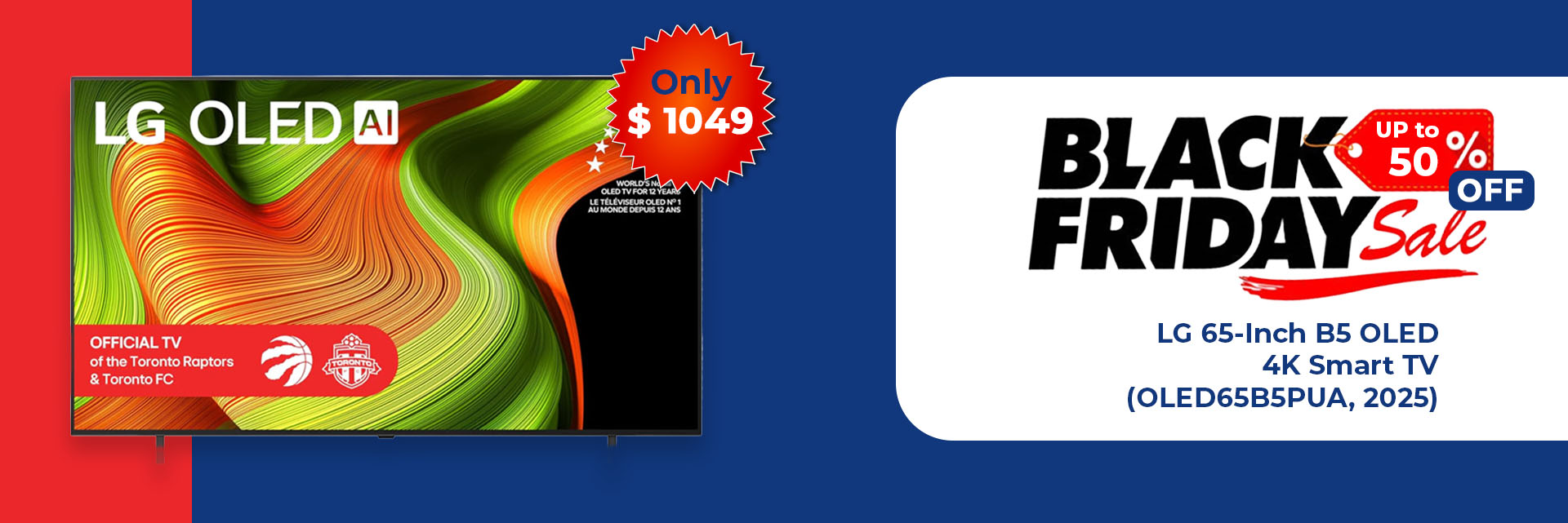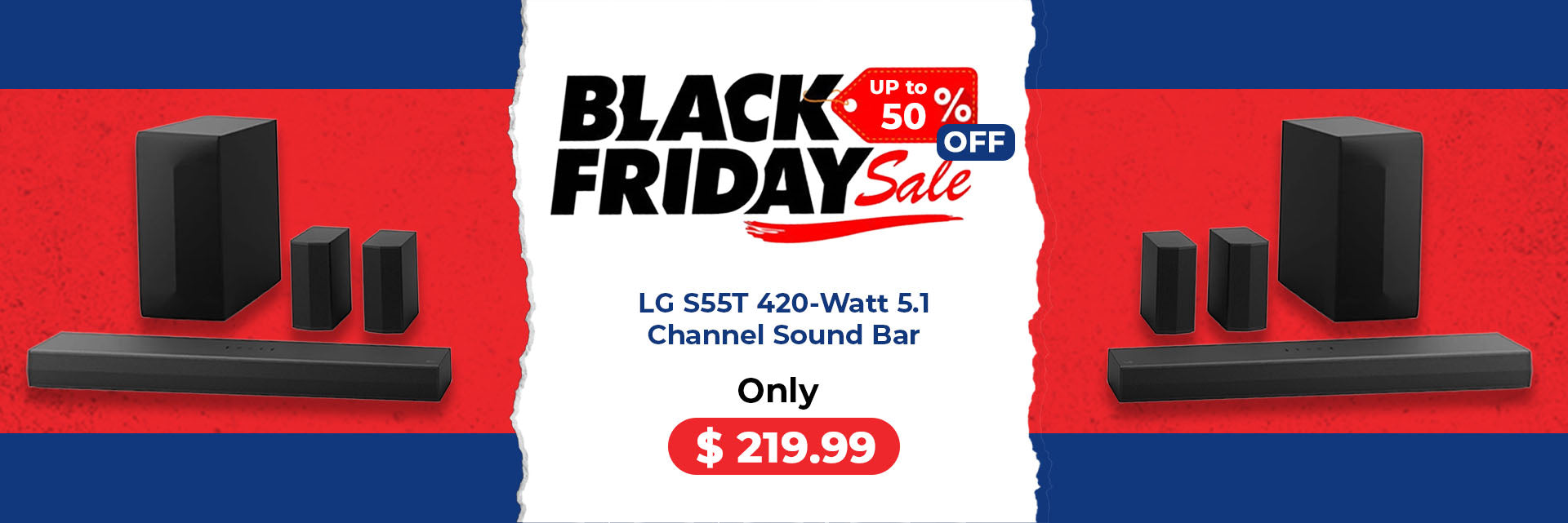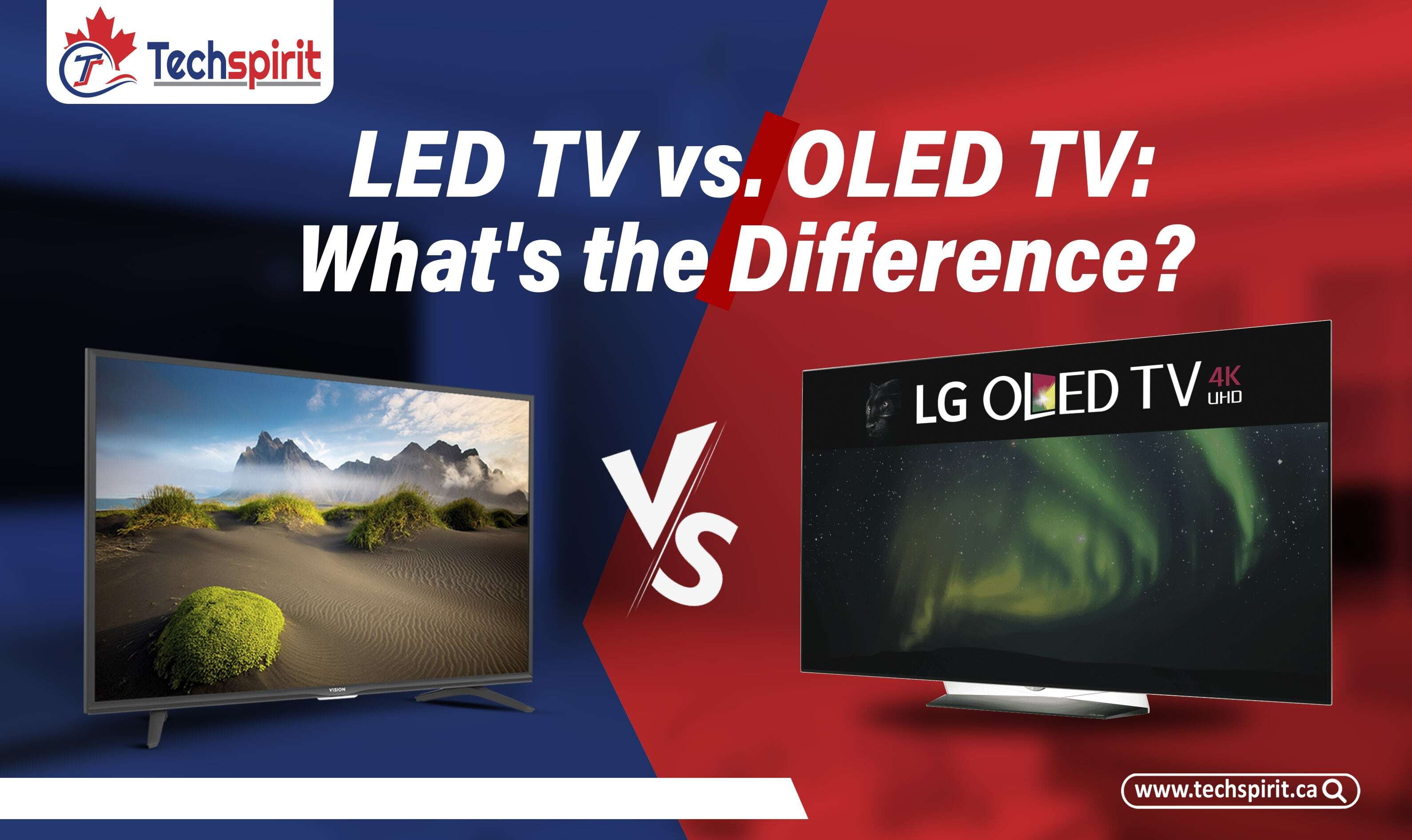LED and OLED TVs have become popular choices for consumers seeking high-quality viewing experiences. Both offer stunning visuals, but there's a significant difference between the two technologies in terms of brightness, price, power consumption, etc. In this article, we will explore the difference between LED and OLED TVs, their respective technologies, picture quality, lifespan, power consumption, and more.
What is the difference between LED and OLED?
LED stands for Light Emitting Diode. LED TVs are sleek and much lighter in comparison to their counterparts. They provide good colour contrast and wide view angles.
OLED stands for Organic Light Emitting Diode. OLED TVs offer superior picture quality with vibrant colour and deep blacks. They are more expensive than LED TVs, particularly in large sizes. While LEDs illuminate the screen using a backlight, OLED TVs create light individually for each pixel.
Let's discuss other contrasting attributes of OLED vs. LED technology to see which is better for today’s modern TVs.
OLED vs LED TV: Technology
LED TVs use a backlighting system with light-emitting diodes behind the liquid crystal display. This system allows for the control of the light flow of LEDs and darkness across the screen.
OLED TVs, on the other hand, have self-emissive pixels. These organic compounds emit light directly when an electric current is applied, resulting in precise control over each pixel’s luminance.
OLED vs LED TV: Size and Weight
LED TVs are lighter and thinner than their OLED counterparts due to the simplicity of their construction and the use of direct-lit backlighting systems.
OLED TVs offer slimmer profiles and lighter overall weight due to their innovative designs that eliminate the need for backlighting.
OLED vs LED TV: Picture Quality
OLED TVs are known for their exceptional picture quality. Each pixel in an OLED screen emits its own light that enables it to produce perfect blacks and infinite contrast ratios. OLED displays offer vibrant colours and outstanding levels of detail.
LED TVs struggled to produce the same level of contrast and colour accuracy due to the presence of the backlight. They suffer from an effect called “light bleed,” which causes uneven illumination along the screen’s edges or corners. The use of backlight can limit their ability to perform dark blacks and result in a lower contrast ratio.
OLED vs LED TV: Contrast Ratio
OLED TVs dominate the realm of contrast ratio due to their ability to entirely turn off individual pixels, resulting in an infinite contrast ratio. This ability leads to sharper images and an enhanced visual experience.
LED TVs rely on LED backlights that struggle to achieve deep blacks and have a finite contrast ratio, causing some loss of detail in darker scenes.
OLED vs LED TV: Resolution
Both OLED and LED TVs are available in a variety of resolutions, including Full HD (1080p), 4K, and 8K—the resolution capabilities are not inherently tied to the technology itself but rather to the specific model and manufacturer.
OLED vs LED TV: Brightness
LED TVs have higher peak brightness levels than OLED TVs. Brightness levels vary widely among LED displays, ranging from 5,000 to 8,000 nits. LED displays are suitable for bright viewing environments or well-lit rooms. OLED displays can achieve high brightness levels, ranging from 300 to 1000 nits or more. OLED TVs offer a range of brightness sufficient for most viewing conditions, especially in dark rooms.
OLED vs LED TV: Colour Space
OLED TVs are known for their capacity to reproduce a broader range of colours, ensuring more accurate and vibrant hues. This is due to the ability of OLED pixels to emit light individually, granting precise control over colour reproduction.
LED TVs also offer commendable colour representation, but their reliance on backlighting may result in slightly less accurate colour reproduction.
OLED vs LED TV: Black Level
OLED TVs excel in producing true blacks since their self-emissive pixels can be entirely turned off. This absence of light allows for realistic shadows and improved depth perception.
LED TVs struggle to achieve true blacks due to the presence of a backlight, resulting in a potential loss of detail in darker areas of the image.
OLED vs LED TV: Lifespan
OLED TVs have a shorter lifespan compared to LED TVs. The organic materials used in OLED panels may degrade over time, gradually decreasing brightness or colour accuracy.
LED TVs have a longer lifespan and have proven that they can reliably last through up to 100,000 hours of use. These TVs can maintain their picture quality more consistently over an extended period.
OLED vs LED TV: Power Consumption
OLED TVs are more energy-efficient than LED TVs as they only illuminate the pixels requiring light, resulting in lower power consumption.
LED TVs, with their dependence on backlighting, consume more power as the entire backlight is utilized regardless of the displayed content.
OLED vs LED TV: Response Time
OLED TVs offer faster response times with less motion blur and fewer artifacts. This attribute makes them ideal for fast-paced content such as action movies or sports events.
LED TVs, although capable of displaying moving visuals effectively, may occasionally exhibit slight motion blur due to slightly slower response times.
OLED vs LED TV: Burn-In
OLED TVs are susceptible to burn-in, which occurs when static images are displayed for extended periods. This can result in ghost images permanently visible on the screen.
LED TVs are not susceptible to burn-in and provide a worry-free experience. It allows users to enjoy their content without concerns about image retention.
OLED vs LED TV: Viewing Angle
OLED TVs provide wider viewing angles, ensuring consistent picture quality and colour accuracy even when watching from off-center positions.
With LED TVs, you may experience a loss in picture quality, diminished contrast, and colour shifting when viewed from angles that deviate from the screen's center.
OLED vs LED TV: Cost
OLED TVs are premium TVs and more expensive than their LED counterparts due to the intricate manufacturing process involved in producing their self-emissive pixel technology.
LED TVs, with their more accessible manufacturing techniques, are generally more budget-friendly and provide commendable visual experiences.
OLED vs LED TV– Which is suitable for you?
When deciding between OLED and LED TVs, there are a few key factors to consider. If stunning visuals with true blacks, infinite contrast ratios, and outstanding colour accuracy are important to you, an OLED TV is a way to go. However, if you prioritize a more energy-efficient option, higher brightness, and a budget-friendly price tag, an LED TV may better suit your needs.
Final Thoughts
While OLED TVs offer unparalleled contrast ratios, colour accuracy, and viewing angles, LED TVs are a winner in brightness, lifespan, and price. However, the decision between the two depends on individual preferences and budget considerations. So, it is essential to consider the differences outlined in this blog to make an informed decision.




